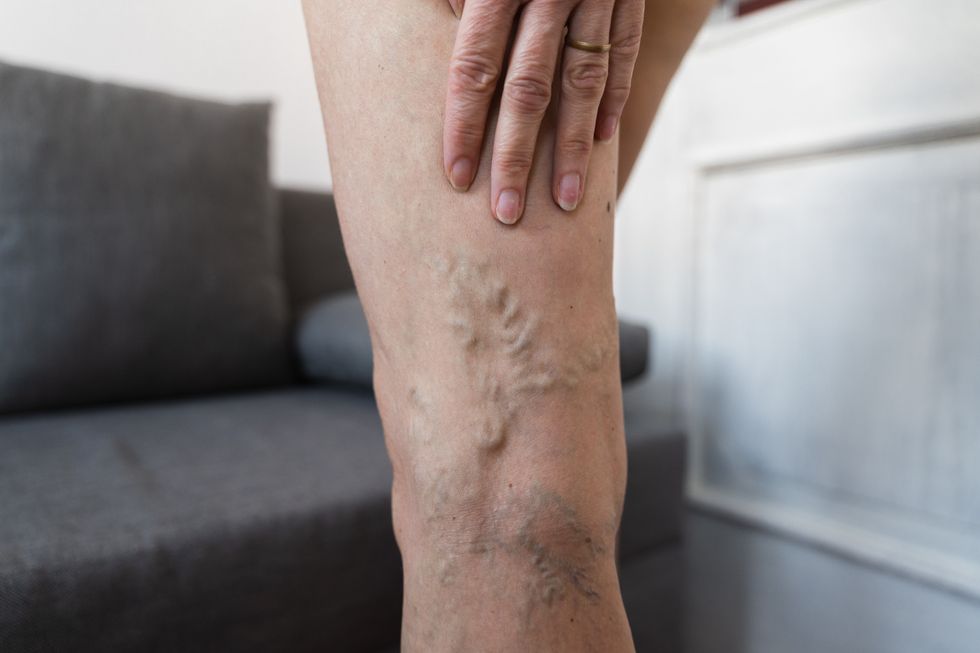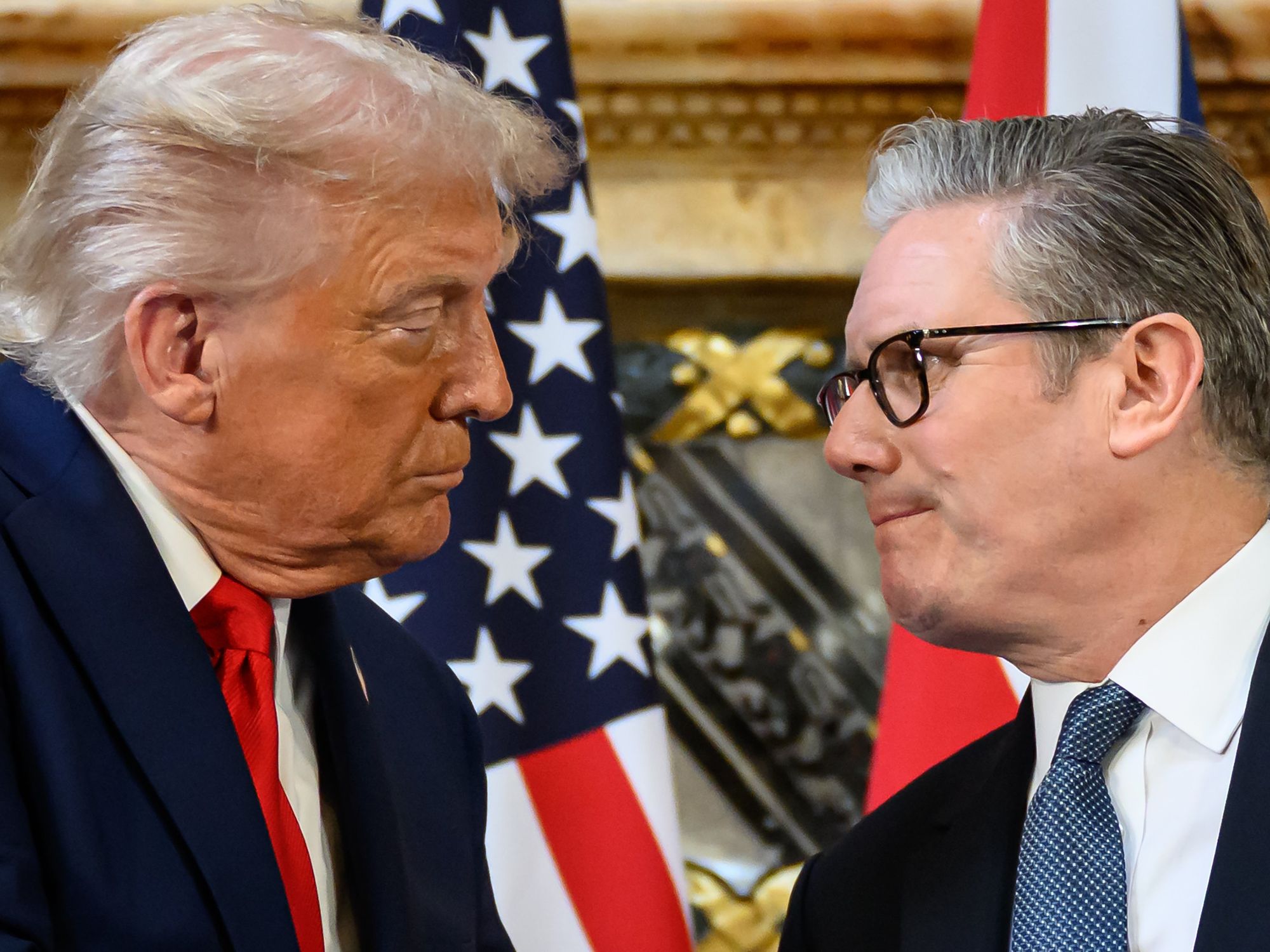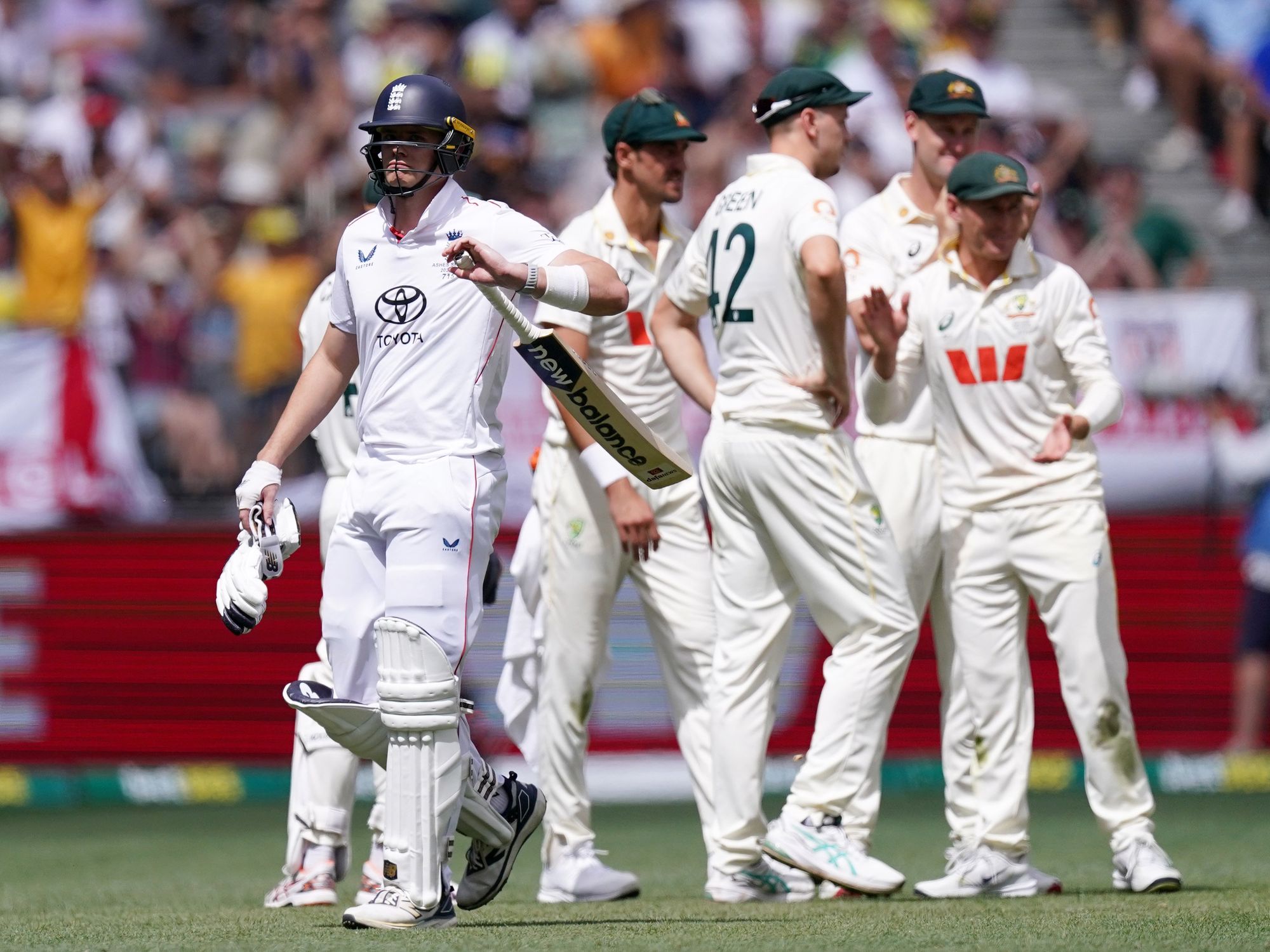Varicose veins: Specialist names 3 exercises that 'push fluid out of the legs'

The workouts promote healthy blood circulation without placing too much strain on the veins
Don't Miss
Most Read
Veins that twist and swell set the stage for lump bulges beneath the skin, often concentrated in the lower portion of the leg.
Their formation occurs when one-way valves inside the veins malfunction, causing a buildup of blood.
The causes of varicose veins are wide-ranging, and in most cases, prevention isn’t possible. Exercise, however, remains a top tool for mitigating the risks.
Medical doctor Tonie Reincke, founder of the Reincke Vein Center, told GB News: “Leg vein disease has a genetic predisposition.

Flavonoids, found in berries, can interrupt the inflammatory cycle
| GETTY“It cannot be prevented, but certain things can help mitigate symptoms; daily walking, leg elevation, maintaining a healthy weight and minimising salt intake.
“Daily walking, yoga, swimming and stationary bike cycling are all great exercises that help activate the calf pump and push fluid and inflammation out of the legs.”
A poignant element all four exercises have in common is their intensity, which promotes healthy blood circulation without placing too much strain on the veins.
In walking, repetitive movements on the legs help reduce blood pooling in the calves.
In swimming, the body’s horizontal position facilitates the flow of blood back to the heart.
Historically, the only medically viable method for tackling the lumpy formations has been invasive surgery.
The Mayo Clinic Health System advises anyone who is noticing the veins to change their position frequently.
“Moving is better than standing still. Shift your weight often, and stretch or walk around at least every 30 minutes to keep the blood from settling in your veins,” advises the health body.
LATEST DEVELOPMENTS

Today's treatments leave minimal scarring
|GETTY
If you're at risk, exercise should be made a priority outside of work, particularly if your job requires a lot of standing.
“There are minimally invasive treatment options if your varicose veins do not respond to these tips," states the Mayo Clinic Health System.
While in the past people with varicose veins were treated with vein stripping, a surgical procedure that produced long scars, today’s treatments leave little scarring.
“Research studies have shown that diosmin and flavonoids help interrupt the inflammatory cycle associated with venous insufficiency and reflux, and therefore a decrease in swelling and heaviness may result," added Dr Reincke.










